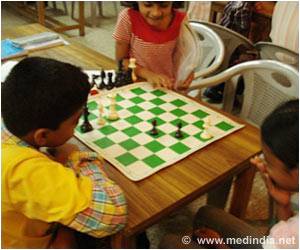A solution to the age-old mystery of how brain cells can keep in mind new memories while retaining previous ones is resolved by researchers at the RIKEN-MIT Centre for Neural Circuit Genetics.

The study will appear in the March 30 issue of Cell and links the cellular basis of memory formation to the birth of new neurons -- a finding that could unlock a new class of drug targets to treat memory disorders.
The findings also suggest that an imbalance between young and old neurons in the brain could disrupt normal memory formation during post-traumatic stress disorder (PTSD) and aging. "In animals, traumatic experiences and aging often lead to decline of the birth of new neurons in the dentate gyrus. In humans, recent studies found dentate gyrus dysfunction and related memory impairments during normal aging," said the study's senior author Susumu Tonegawa, 1987 Nobel Laureate and Director of the RIKEN-MIT Center.
Other authors include Toshiaki Nakashiba and researchers from the RIKEN-MIT Center and Picower Institute at MIT; the laboratory of Michael S. Fanselow at the University of California at Los Angeles; and the laboratory of Chris J. McBain at the National Institute of Child Health and Human Development.
In the study, the authors tested mice in two types of memory processes. Pattern separation is the process by which the brain distinguishes differences between similar events, like remembering two Madeleine cookies with different tastes. In contrast, pattern completion is used to recall detailed content of memories based on limited clues, like recalling who one was with when remembering the taste of the Madeleine cookies.
Pattern separation forms distinct new memories based on differences between experiences; pattern completion retrieves memories by detecting similarities. Individuals with brain injury or trauma may be unable to recall people they see every day. Others with PTSD are unable to forget terrible events. "Impaired pattern separation due to the loss of young neurons may shift the balance in favor of pattern completion, which may underlie recurrent traumatic memory recall observed in PTSD patients," Tonegawa said.
Advertisement
The MIT researchers assessed pattern separation in mice who learned to distinguish between two similar but distinct chambers: one safe and the other associated with an unpleasant foot shock. To test their pattern completion abilities, the mice were given limited cues to escape a maze they had previously learned to negotiate. Normal mice were compared with mice lacking either young neurons or old neurons. The mice exhibited defects in pattern completion or separation depending on which set of neurons was removed.
Advertisement
Source-Eurekalert















